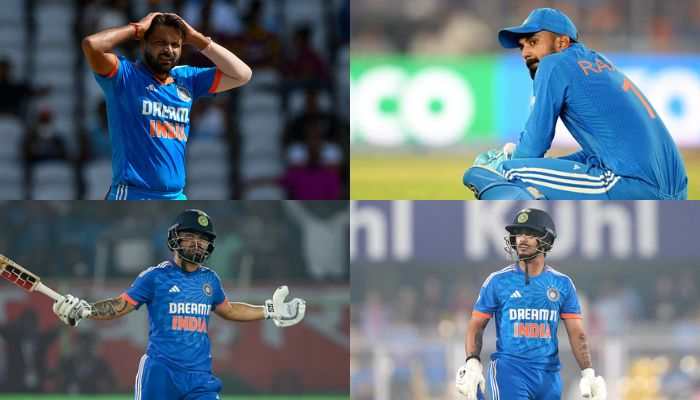GST rates finalised; lowest tax band fixed at 5%, highest at 28%
Finance Minister Arun Jaitley will seek parliamentary approval for bills later this month that would set the rate and scope of the GST. State assemblies must also to approve similar bills for the tax to enter force as planned next April 1.
Trending Photos
)
Zee business bureau
New Delhi: The Goods and Services Tax (GST) Council on Thursday finalised the four-tier rate structure of 5, 12, 18 and 28 percent. The new GST tax structure includes lower rates for essential items and the highest for luxury and de-merits goods which would also attract an additional cess.
The tax brackets that have been decided are steeper than the rates of 6%, 12%, 18% and 26% earlier proposed by the government.
The government plans to roll out the new indirect tax regime from April 1, 2017.
In a media briefing post the GST council meeting, Finance Minister Arun Jaitley informed that zero-tax rate will be applied to 50% of items in CPI basket, including food grains used by common man.
Zero-tax rate to apply to 50 pc of items in #CPI basket, including foodgrains used by common man, says @arunjaitley. — Press Trust of India (@PTI_News) November 3, 2016
He also said that 5% duty will be levied on mass consumption items used by common people; two standard rates of 12%, 18% will be there in GST.
Items taxed at 30-31% (excise plus VAT) will be taxed at 28%, added Jaitley. While the Centre proposed to levy a 4% GST on gold, a final decision was put off, Jaitley informed.
Furthermore, additional revenue from highest tax slab will be used to keep essential use items at 5% and transferring common items to 18%.
Luxury cars, tobacco, aerated drinks will be be levied with a cess which along with clean energy cess would be used to compensate states for loss of revenue. The prices of certain consumer durables like televisions, air conditioners, fridges and washing machines may however become cheaper with decrease in taxes. Jaitley also informed that compensation pool will be created through cess for five years.
Luxuary cars, tobacco, aerated drinks to be levied with cess which with clean energy cess will be used for compensation: #FM. — Press Trust of India (@PTI_News) November 3, 2016
Rs 50,000 crore would be required to be paid to states for loss of revenue in the first year of GST rollout.
Rs 50,000 crore required to be paid to states for loss of revenue in the first year of #GST rollout: #FM.
— Press Trust of India (@PTI_News) November 3, 2016
The long-delayed tax, which would transform Asia`s third largest economy into a single market, could boost revenues through better compliance while making life simpler for business that now pay a host of federal and state levies.
The brackets, passed at a meeting of the GST Council overseeing plans to introduce the national sales tax next spring, are steeper than the rates of 6, 12, 18 and 26 percent earlier proposed by the government.
"There was a broad consensus on four rate slabs," Haseeb Drabu, state finance minister for Jammu & Kashmir told reporters after attending the GST Council`s meeting.
Finance Minister Arun Jaitley will seek parliamentary approval for bills later this month that would set the rate and scope of the GST. State assemblies must also to approve similar bills for the tax to enter force as planned next April 1.
(With PTI inputs)







)
)
)
)
)
)
)
)
)
)
